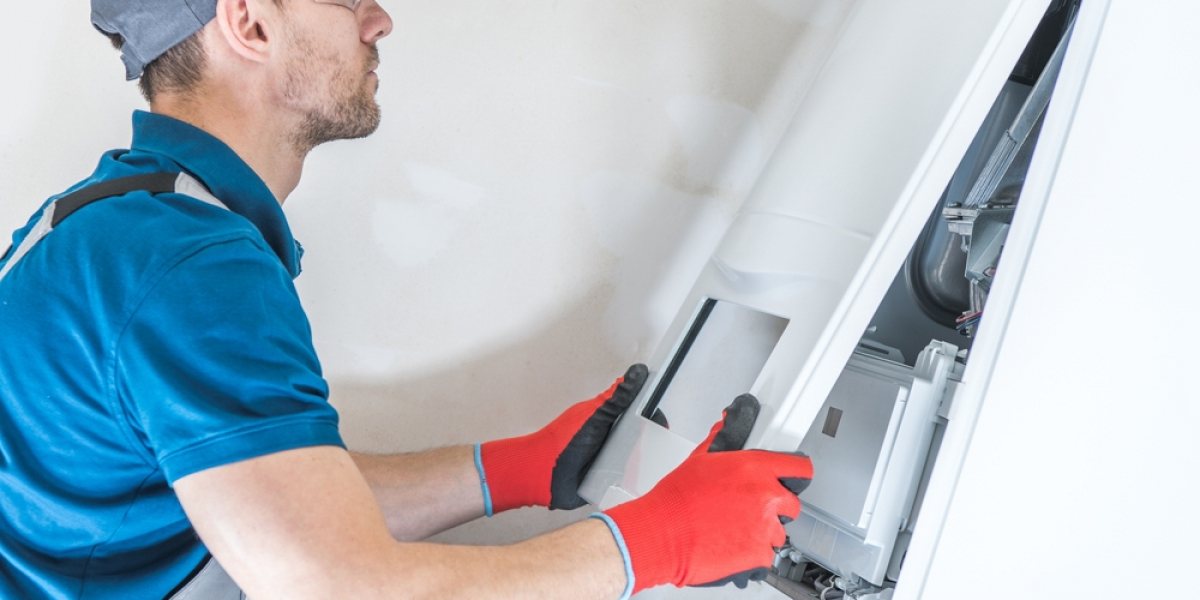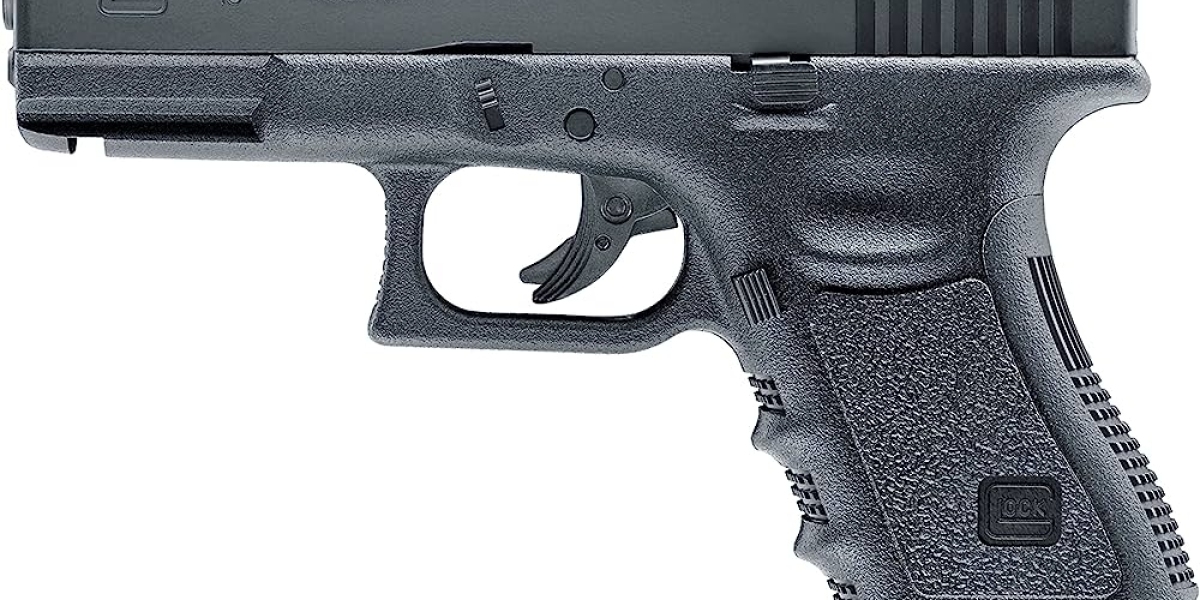furnace installation a furnace in your home is essential for keeping it warm and comfortable, especially during colder months. Whether you are replacing an old system or installing a new one, proper installation is crucial for efficiency, safety, and performance. This guide provides an overview of the furnace installation process and key considerations to help you make informed decisions.
1. Why Furnace Installation is Important
A furnace is the heart of your home’s heating system, and proper installation ensures:
- Efficiency: A well-installed furnace will run efficiently, using the least amount of energy while keeping your home warm.
- Safety: Incorrect installation can cause safety hazards like gas leaks, carbon monoxide poisoning, and fire risks.
- Longevity: Proper installation helps extend the life of the furnace by reducing wear and tear on the system.
2. Choosing the Right Furnace
Before installation begins, selecting the right furnace for your home is key to achieving comfort and energy savings. Factors to consider include:
- Size: A furnace needs to be appropriately sized for your home. If it’s too small, it won’t heat your home efficiently. If it’s too large, it will cycle on and off frequently, which reduces its efficiency and lifespan.
- Fuel Type: Furnaces run on different fuels, such as natural gas, oil, propane, or electricity. Gas furnaces are the most common due to their energy efficiency, but your choice will depend on fuel availability.
- Energy Efficiency: Look for furnaces with higher AFUE (Annual Fuel Utilization Efficiency) ratings. A higher AFUE means more efficient energy use and lower utility bills.
- Features: Many modern furnaces include features like multi-stage heating, variable-speed blowers, and smart thermostat compatibility. These features improve comfort and system efficiency.
3. The Furnace Installation Process
Furnace installation is a multi-step process that should be done by a licensed HVAC professional. Here’s what to expect during installation:
Step 1: Assessment and Preparation
- Home Evaluation: The HVAC technician will assess your home’s heating needs, considering the size of the home, existing ductwork, insulation, and other factors.
- Permits: In many areas, furnace installation requires permits. The technician will ensure all local building codes and safety regulations are followed.
Step 2: Removing the Old Furnace (if applicable)
If you are replacing an old furnace, the technician will:
- Disconnect and remove the existing furnace, including gas lines, ducts, and electrical connections, following all safety procedures.
- Properly dispose of the old unit and clean up the area.
Step 3: Installing the New Furnace
- Placement: The new furnace will be positioned in the designated location (typically a basement, attic, or utility room).
- Connections: The furnace will be connected to the existing ductwork, electrical systems, and gas line (if applicable).
- Ventilation: Proper venting will be installed to safely expel combustion gases to the outdoors, ensuring no harmful fumes remain inside.
- Thermostat Installation: The thermostat will be set up and calibrated for precise temperature control.
Step 4: System Testing and Calibration
Once the furnace is installed:
- Testing: The technician will run tests to ensure the system operates correctly. This includes checking the gas pressure, airflow, and thermostat calibration.
- Safety Checks: A thorough safety inspection will be conducted to ensure that everything is secure and functioning properly. This includes checking for gas leaks, carbon monoxide risks, and proper ventilation.
4. Post-Installation Tips
After the furnace installation, there are a few things to keep in mind for optimal performance:
- Routine Maintenance: To extend the life of your furnace, schedule annual maintenance, including checking the furnace filter, cleaning components, and inspecting the system for issues.
- Energy Efficiency: Consider upgrading to a programmable thermostat to automatically adjust temperatures when you’re not at home, improving energy efficiency.
- Keep Ducts Clean: Ensure that your ducts are clean and free from blockages. This helps your furnace work more efficiently and prevents issues with airflow.
5. DIY vs. Professional Furnace Installation
While some homeowners may consider installing a furnace themselves, it is strongly recommended to hire a professional. Furnace installation involves handling gas lines, electrical wiring, and complex venting systems—missteps can lead to dangerous situations, system inefficiencies, and voided warranties. A licensed HVAC technician has the knowledge and experience to ensure that everything is installed according to code and manufacturer guidelines.
Conclusion
Furnace installation is a significant investment in your home’s comfort and safety. By choosing the right furnace, working with a qualified professional, and maintaining the system properly, you can ensure your home stays warm and energy-efficient for many years. Always remember to follow safety guidelines and schedule regular maintenance to keep your furnace operating at its best.









